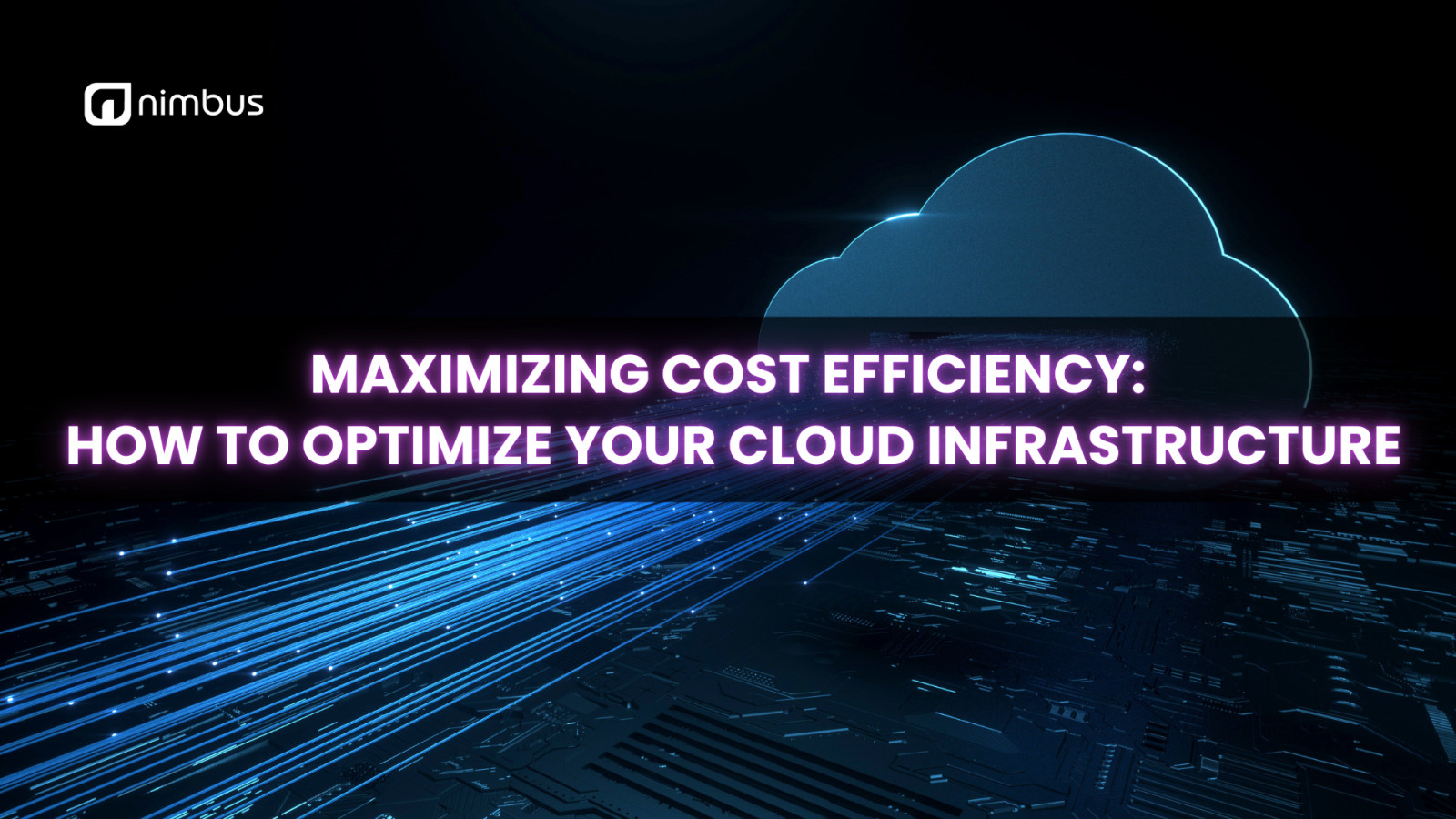However, as businesses increasingly migrate to the cloud, managing costs has become a pressing concern. Inefficient cloud usage can lead to inflated expenses that undermine the financial benefits of cloud solutions. This article explores strategies for optimizing cloud infrastructure to maximize cost efficiency without sacrificing performance or security.
Understanding Cloud Costs
Before diving into optimization strategies, it’s essential to understand the factors that contribute to cloud costs. Cloud pricing models can be complex, often involving various components such as:
- Compute Resources: Charges based on the processing power used (e.g., virtual machines, containers).
- Storage: Costs associated with storing data, including different tiers of storage.
- Data Transfer: Fees for transferring data in and out of the cloud.
- Licensing Fees: Costs for using specific software or applications in the cloud.
By comprehensively understanding these elements, organizations can make informed decisions about their cloud usage and identify areas for optimization.
Strategies for Optimizing Cloud Infrastructure
1. Right-Sizing Resources
One of the most effective ways to optimize cloud costs is through right-sizing resources. This involves analyzing current usage patterns and adjusting resources to align with actual needs. Organizations should:
- Monitor Resource Utilization: Use cloud monitoring tools to track the performance and utilization of compute and storage resources.
- Scale Down Over-Provisioned Resources: Identify instances where resources are underutilized and reduce their size or quantity accordingly.
- Utilize Autoscaling: Implement autoscaling features to automatically adjust resources based on real-time demand, ensuring you only pay for what you need.
2. Choose the Right Pricing Model
Cloud service providers offer various pricing models that can significantly impact costs. Organizations should evaluate the following options:
- On-Demand Pricing: Pay-as-you-go model for resources, ideal for unpredictable workloads but can be costly over time.
- Reserved Instances: Commit to using resources for a specified term (e.g., one or three years) in exchange for lower rates, suitable for predictable workloads.
- Spot Instances: Purchase spare compute capacity at a discounted rate, ideal for flexible workloads that can tolerate interruptions.
By carefully selecting the pricing model that aligns with usage patterns, organizations can optimize costs effectively.
3. Implement Cost Monitoring and Management Tools
Implementing cost monitoring tools can provide organizations with insights into their cloud spending. These tools allow businesses to:
- Set Budgets and Alerts: Establish budgets for different departments or projects and set up alerts to notify stakeholders when approaching limits.
- Analyze Spending Trends: Regularly review spending reports to identify trends, anomalies, and opportunities for cost reduction.
- Optimize Resource Allocation: Use data-driven insights to allocate resources efficiently across teams and projects.
4. Optimize Storage Solutions
Cloud storage costs can accumulate quickly, especially for organizations with large volumes of data. To optimize storage costs, consider the following strategies:
- Use Tiered Storage: Leverage different storage tiers based on access frequency. For example, utilize lower-cost storage options for infrequently accessed data.
- Implement Data Lifecycle Policies: Establish policies to automatically archive or delete data that is no longer needed, reducing storage costs over time.
- Compress and Deduplicate Data: Use data compression and deduplication techniques to minimize the amount of storage required for your datasets.
5. Leverage Serverless Computing
Serverless computing allows organizations to run applications without managing the underlying infrastructure, leading to significant cost savings. Benefits of serverless architecture include:
Pay-per-Use Model: Only pay for the compute time consumed when your code is executed, eliminating costs for idle resources.
Automatic Scaling: Automatically scale based on demand, ensuring optimal resource utilization.
Reduced Maintenance: Focus on application development rather than infrastructure management, allowing for greater agility.
6. Conduct Regular Reviews and Audits
Regular reviews and audits of cloud infrastructure are essential for maintaining cost efficiency. Organizations should:
- Conduct Cost Audits: Periodically review cloud spending and resource usage to identify areas for improvement and waste reduction.
- Evaluate Service Provider Performance: Assess whether the current cloud provider meets performance and cost expectations, and consider switching if necessary.
- Stay Informed about New Features and Discounts: Cloud providers often introduce new features, pricing models, and discounts that can impact costs. Stay updated to take advantage of these opportunities.
7. Foster a Culture of Cost Awareness
Encouraging a culture of cost awareness within the organization can lead to more responsible cloud usage. Strategies include:
- Educate Teams: Provide training on cloud cost management best practices to empower teams to make informed decisions.
- Incentivize Cost-Saving Initiatives: Reward teams that successfully implement cost-saving measures or optimize resource usage.
- Establish Accountability: Assign ownership of cloud budgets to specific teams or individuals to foster accountability and transparency.
8. Utilize Cloud Governance Policies
Implementing cloud governance policies can help organizations maintain control over their cloud resources and spending. Effective governance practices include:
- Define Resource Tagging Standards: Establish tagging standards for resources to enable better tracking and reporting of cloud spending.
- Implement Access Controls: Restrict access to cloud resources based on roles to prevent unnecessary provisioning and usage.
- Regularly Review Policies: Continuously assess and update governance policies to align with changing business needs and cloud strategies.
Maximizing cost efficiency in the cloud is crucial for organizations seeking to leverage the benefits of cloud computing without overspending. By implementing strategies such as right-sizing resources, choosing the right pricing model, utilizing cost monitoring tools, optimizing storage solutions, and fostering a culture of cost awareness, businesses can significantly reduce their cloud expenditures. As the cloud landscape continues to evolve, organizations must remain proactive in optimizing their cloud infrastructure to ensure long-term financial sustainability and operational efficiency. With a strategic approach, companies can harness the full potential of the cloud while effectively managing costs.
